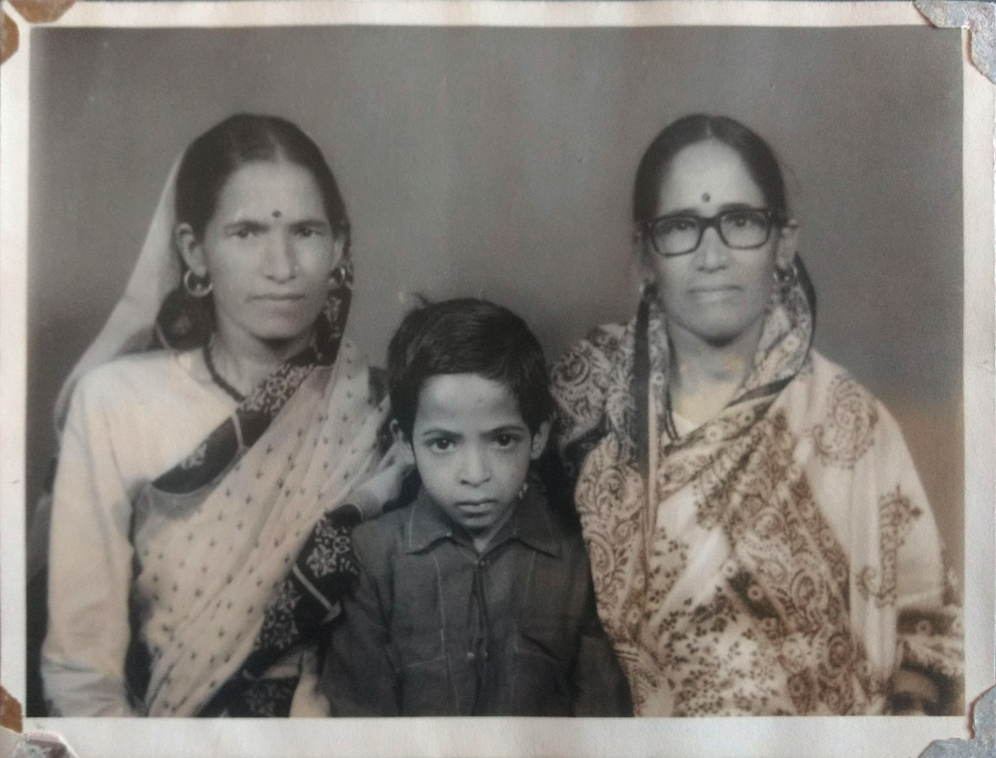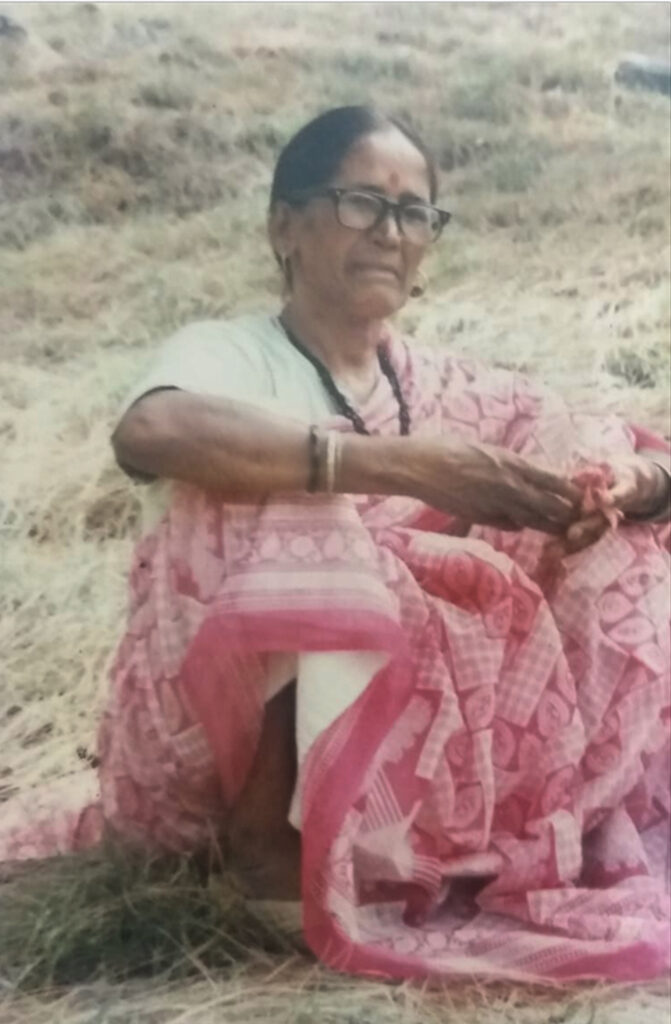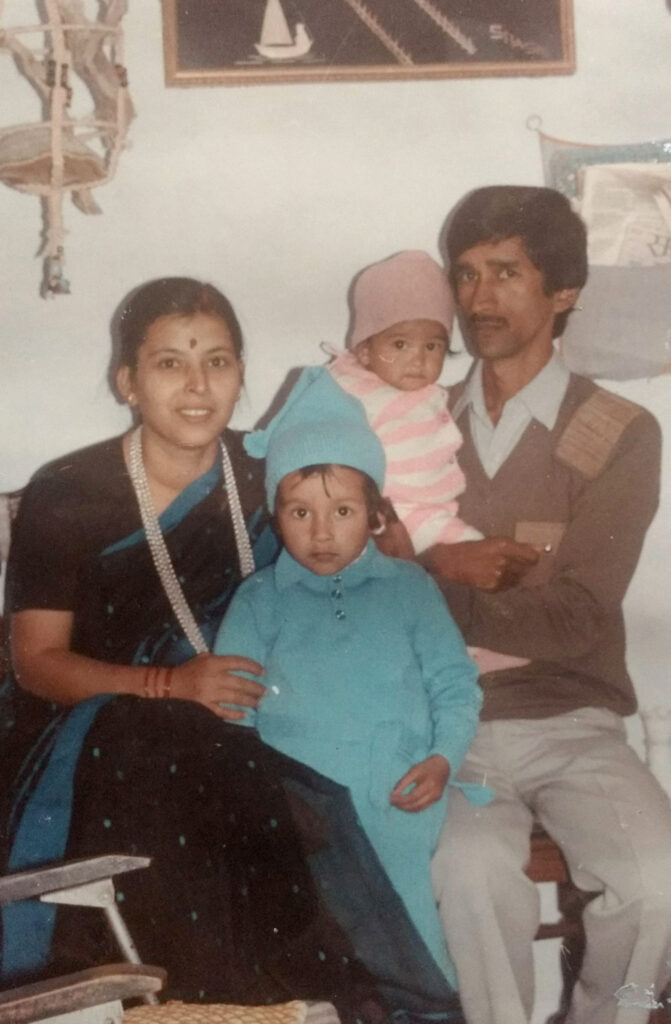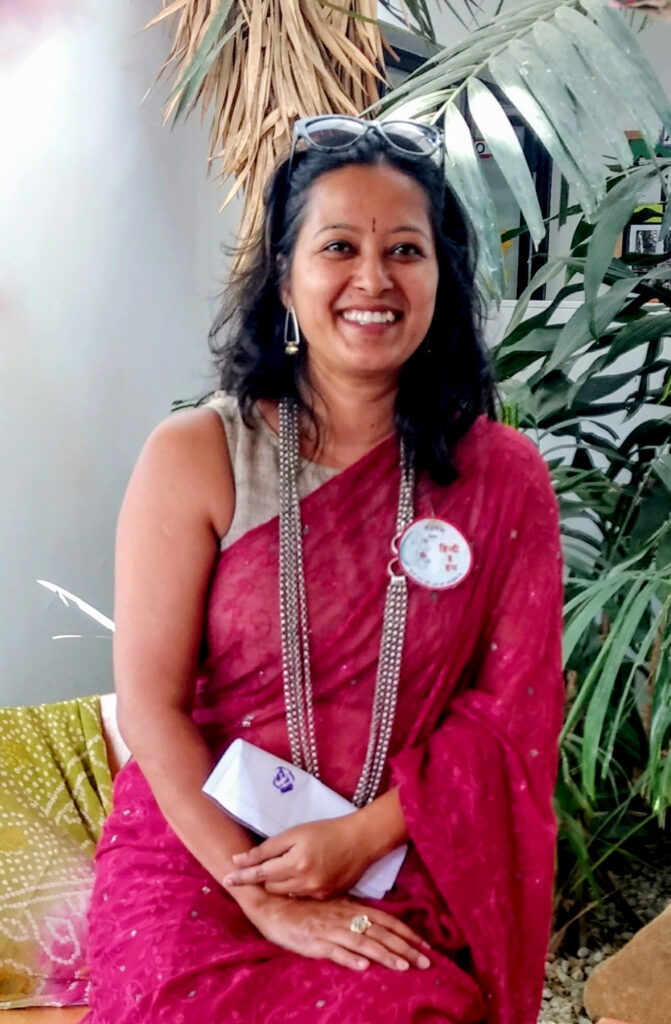TEXT AND PHOTOGRAPHS BY PRIYANKA RAJWAR
Bangalore, India
Material objects, more often than not, reflect our personality and sometimes our roots. And when these objects are heirlooms, they reflect our family history.
I belong to the state of Uttarakhand, known for it’s beautiful hill stations and religious shrines. My family is mountain folk, pahadi, and our native village is nestled among the Kumaon Hills. I’m also fortunate enough to own a family heirloom that can trace its origin to the area. A heavy silver necklace with four interlocked chains held together by a solid ‘S’ shaped hook. This necklace weighs about 350 gms and isn’t easy to have on for more than a couple of hours at a time. But it is nearly 70 years old and remains in pristine condition, perhaps due to the fact that it was quite heavy and worn minimally. Back in the village it’s called a Janjeer and nobody wears it anymore. The old jewelers are happy to make it on order, but they hardly get any these days. The younger generation prefers gold jewelery, lighter and trendy. And now, sadly, in my father’s family, nobody has any janjeer left; most were exchanged for other things or just got lost and forgotten over time.

Inherited from my mother, Renuka Rajwar, this janjeer is handmade in the Kumaon Hills. It originally belonged to my paternal grandmother, Bachuli Devi, who was quite a simple village woman and must have received it as part of her wedding trousseau in the late 1950’s. But at the time, life in hills was a far cry from the comfort of urban areas. Partly because of the terrain, the absence of irrigation facilities and extreme weather conditions, people often resorted to utilitarian garments, and jewelry became an indulgence, really, only to be worn on festivals or important events.
My grandparents were born in villages in the hills and while my grandfather migrated to Dehradun shortly after getting married, my grandmother continued to live in their rural home with the family. Like most hill women, she would tend to the fields and cows that the family owned, and also see to the house and children. It was a tough life with little time to spare for anything else. Naturally, she wore minimal jewelry and this particular necklace was adorned only occasionally. So when my father, her eldest and favourite son got married, she passed it down to my mother – a viewing gift from her side, when the boy’s family first meets the girls’. This was in 1979 in Dehradun, by which time both my grandparents were quite settled into city life. The necklace, however, became perhaps the only piece of jewelry my mother ever received from my grandmother.


My mother, quite unlike my grandmother, was born and brought up in Dehradun to an educated family and became a lecturer at a college. As far as I know, the pair never had a close relationship, so I suppose my mother never enquired about my grandmother’s life in the village. Moreover, she didn’t have much inclination towards jewelry or dressing up, so the necklace, which she found extremely heavy and cumbersome to wear, was hardly used. There’s a single dilapidated picture of our family, with my mother wearing the necklace and looking beautiful as ever. But shortly after, she took it off, because in other pictures shot on the same day, the necklace is missing. Personally, I don’t have even a single memory of seeing her wearing it.
Now I, on the other hand, love accessorizing and had my eye on this particular silver beauty ever since I was a little girl. I would always ask my mother to pass on the necklace to me once I was grown up enough, and she would always humor me with her approval. Years passed and the necklace remained hanging in her wardrobe. Until 2011 in Rishikesh, when I chanced upon it again while helping her rearrange her belongings. To my mother’s amusement, I claimed it then and there. I brought it back to Bangalore with me and have worn it quite frequently since.



Regardless of its age, I admire how contemporary this necklace still looks, and each time I wear it, I feel connected to my grandmother and the life she once lived. I remember her as an old lady, on the fringes of schizophrenia, passing away in 2008, when at the end she could only recognize my father. But I try to think further in order back to imagine her youth, imagine her wearing the janjeer at family weddings and flaunting it among her clan. I remember the air of the hills, the environs it might have been cast in, the decadence it might have represented at one time. This heirloom is a constant reminder of my pahadi roots and I wear it with pride and for the love of my motherland, the hills. The emotional value of this object in my life surpasses its material aspect.
